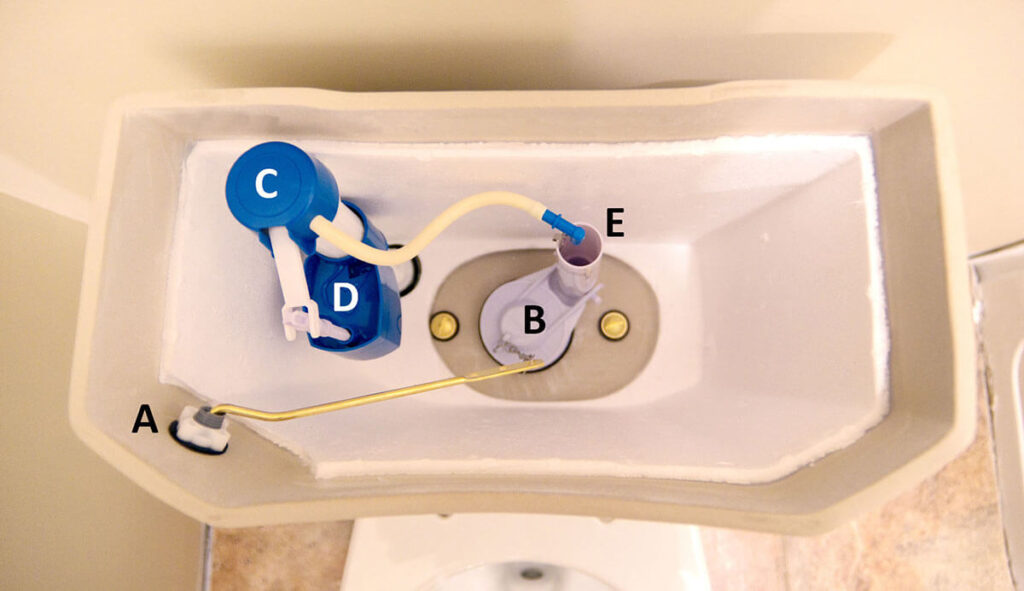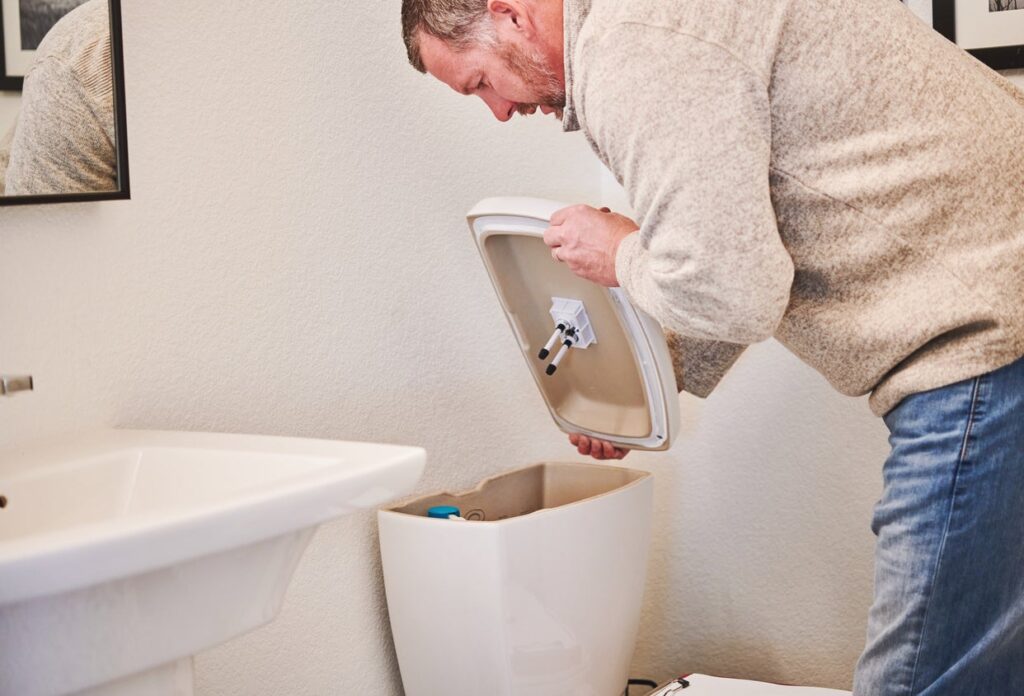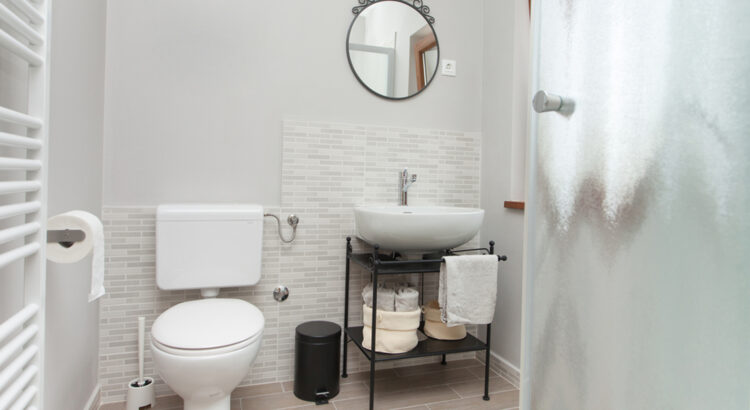When you step into your bathroom and notice that the water in your toilet bowl is constantly moving, it can be a puzzling sight. This phenomenon might leave you wondering whether there’s a plumbing issue that needs attention or if it’s entirely normal. In this article, we’ll explore the common reasons behind the continuous movement of water in your toilet and when it might be a cause for concern.
The Refill Process
In most toilets, the constant movement of water is part of the normal functioning of the toilet. After flushing, the tank refills with water to a predetermined level. This process is controlled by a fill valve and a float. As the tank refills, the float rises with the water level. When the float reaches a certain height, it triggers the fill valve to stop the flow of water into the tank. The movement you see is the float rising and the water level adjusting.
See Also: How SEO Online Marketing Can Transform Your Business
Slow Leak
A slow leak from the tank into the bowl can also result in continuous water movement. This type of leak is often caused by a faulty flapper valve. The flapper is a rubber or plastic seal at the bottom of the tank. When you flush, the flapper lifts, allowing water to flow from the tank into the bowl. If the flapper doesn’t seal properly after flushing, water will continue to leak into the bowl, triggering the fill valve to keep refilling the tank.

Mineral Buildup
Mineral buildup can interfere with the proper functioning of the fill valve and float. Over time, minerals in the water can accumulate on these components, causing them to stick or operate inefficiently. This can result in continuous water movement as the fill valve struggles to maintain the water level.
Water Pressure Issues
Sometimes, fluctuating water pressure in your plumbing system can cause the fill valve to open intermittently, leading to continuous water movement. This can be particularly noticeable if your home experiences sudden changes in water pressure.
Faulty Fill Valve or Float
If the fill valve or float is damaged or worn out, it may not operate correctly. A faulty fill valve may not shut off when it should, causing continuous water flow. Similarly, a damaged float may not rise and trigger the fill valve properly.
Toilet Running
When the water in your toilet is continuously moving, it’s often referred to as a “running toilet.” This is because it sounds like the toilet is constantly running water. A running toilet not only wastes water but can also result in higher water bills over time.

When to Seek Professional Help:
While some instances of continuous water movement in your toilet can be attributed to minor issues like a worn-out flapper or mineral buildup, there are situations where it’s best to seek professional plumbing assistance. Here are some signs that you should call a plumber:
Persistent Running
If your toilet continues to run despite attempts to fix it, it’s time to consult a plumber. Continuous water movement can waste a significant amount of water and drive up your utility bills.
Inefficient Fill Valve
If the fill valve is not shutting off properly, it can lead to water wastage. A plumber can assess the fill valve and make any necessary repairs or replacements.
Visible Damage
If you notice visible damage to the fill valve, float, or other components, it’s advisable to have a plumber evaluate the situation. Damaged parts may need to be replaced to restore proper function.
Sudden Changes in Water Pressure
If you suspect that fluctuating water pressure in your plumbing system is causing the toilet issue, a plumber can assess your overall plumbing and make any necessary adjustments.
In conclusion, while some degree of water movement in your toilet is normal during the refill process, continuous or persistent movement may indicate an issue that requires attention. If you’re concerned about water wastage or if you’ve tried basic troubleshooting steps without success, it’s best to contact a professional plumber. They can diagnose the problem and provide the necessary repairs to ensure your toilet operates efficiently and saves water.
More to read: Exploring the Health Benefits and Delicious Uses of Dairy Products
